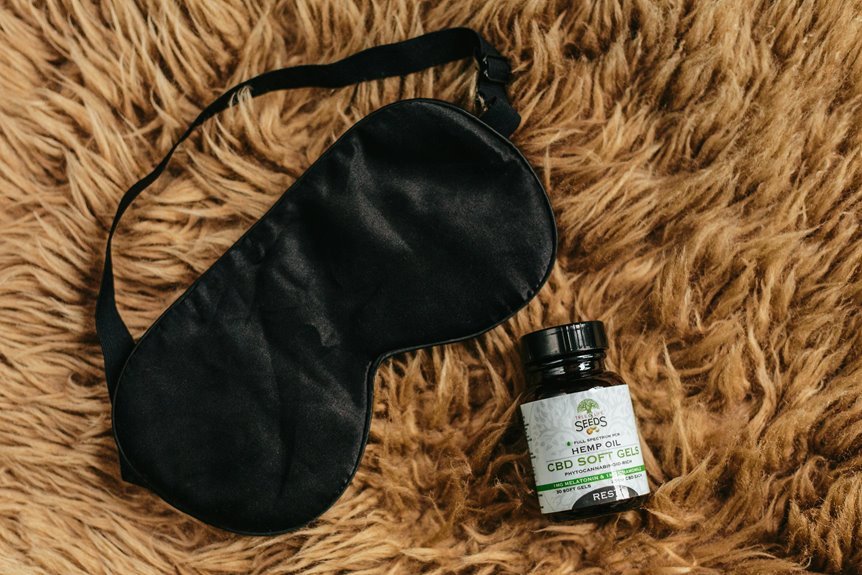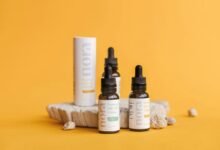How Long Does Cbd Take

The onset time of CBD effects can vary widely among individuals. Factors such as the method of consumption, dosage, and personal metabolism play key roles in this variability. For example, inhalation methods like vaping may lead to quicker relief compared to edibles, which can take longer due to digestion. Understanding these elements is essential for optimizing the benefits of CBD. What other considerations might influence how quickly CBD works?
Factors Influencing CBD Onset Time
Several factors can significantly influence the onset time of CBD effects.
Key among these are dosage levels and individual metabolism rates. Higher dosages may lead to quicker effects as more CBD enters the bloodstream.
Conversely, faster metabolism rates can expedite the processing of CBD, resulting in a swifter onset.
Understanding these variables empowers users to optimize their experience and unlock the potential of CBD.
Different Consumption Methods and Their Impact
While the onset time of CBD is influenced by various factors, the method of consumption plays a pivotal role in determining how quickly effects are felt.
Inhalation methods, such as vaping, provide rapid relief, often within minutes.
Conversely, edible products take longer to process, typically ranging from 30 to 90 minutes, as they must pass through the digestive system before entering the bloodstream.
Individual Variability in CBD Response
The impact of individual variability on CBD response is significant and can greatly influence the effectiveness of this compound.
Factors such as genetic predisposition and dosage sensitivity play critical roles in determining how individuals metabolize and respond to CBD.
This variability underscores the importance of personalized approaches, as what works for one person may not necessarily yield the same results for another, highlighting the need for individualized assessments.
Tips for Optimizing CBD Effects
To maximize the benefits of CBD, individuals should consider various strategies that enhance its effects.
Implementing effective dosing strategies, such as starting low and gradually increasing, can optimize outcomes.
Additionally, maintaining timing consistency in consumption helps establish a routine, allowing the body to adapt and respond more effectively.
Together, these practices empower users to experience the full potential of CBD's therapeutic benefits.
Conclusion
In conclusion, the journey of CBD from consumption to effect mirrors the passage of time through a winding river—its flow influenced by the surrounding landscape. Each method of intake carves distinct channels, while individual responses act as tributaries, shaping the overall experience. By understanding these dynamics and embracing the uniqueness of each path, users can navigate their CBD journey with greater intention, ultimately fostering a deeper connection to their personal wellness and the therapeutic benefits that await.





